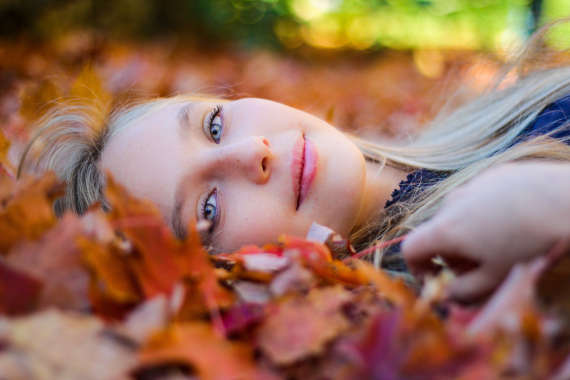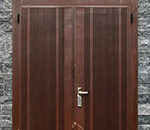What is aperture? What is the use of setting a large or small one? Let’s dive into those mysterious numbers and find out what they mean. Think of the aperture as the opening of your lens. Light arrives and its photons are focused onto the sensor by the lens. The incoming analog signal is translated into digital numbers and written on the memory card.
Typical f-stop numbers are: f/1.4, f/1.8, f/2, f/2.8, f/4, f/5.6, f/8, f/11, f/16, f/22
As they get smaller, the opening in the lens gets larger. And vice versa.
The reason why this happens is because these numbers represent fractions of the diameter of the lens. For example, f/2 means that the entire diameter of the lens gets divided by 2. If we have a 50mm lens and we set f/2 as the aperture, the opening of the lens will become 50/2 = 25mm. If now we set f/4, the opening becomes 50mm/4=12.5mm. So setting a higher f-number we obtained a smaller opening.

(Photo by Neal Kharawala/Unsplash)
So what’s the use of these numbers?
As we create small apertures, the depth of field increases. Depth of field is the range of the scene that stays sharp and focused. As we set large apertures the depth of field decreases.
The amount of light entering the camera also gets affected. Small apertures bring less light into the camera. Large apertures bring more.
Therefore small apertures are useful for landscape photographers because they can keep vast extensions of space focused and sharp. However because less light is entering the camera, there is more danger of camera shake producing blurry images. That’s why landscape photographers tend to use a tripod to keep the camera firmly in place during the long exposures that they need to use to capture enough light when they use small apertures.
Large apertures are useful for portrait photography, where you want to focus on the face of the subject and blur the background to avoid it becoming a distraction. The small depth of field means that you can keep in focus the head of the person and blur all the rest behind the subject. With large apertures you are also bringing more light into the camera, so large apertures are also easier to use without a tripod.
In landscape photography, small apertures are common. In fine art photography or commercial photography, all ranges are used although larger apertures are common as fine art photographers and commercial photographers tend to work in studios where the range of the scene that needs to be in focus is smaller than those who work with landscapes.
Think of the aperture of your lens as the channel through which light enters your camera. Light is that precious material from which the magic of your photos is made. With your aperture you can shape the amount of that magic that enters the camera and by doing so you affect other parameters such as the depth of field.
About the Author
Javier Gonzalez is creative director at Ideami Studios, http://www.ideami.com. Ideami Studios offers high end photography and filmmaking services, advanced photo retouching, creative workshops, creative consulting and much more. Ideami Klinklin retouching services: http://www.klinklin.com
Like This Article?
Don't Miss The Next One!
Join over 100,000 photographers of all experience levels who receive our free photography tips and articles to stay current:






To shoot portrait one should use small aperture no. like- F3.5 or F5.6. To shoot a nature scenery F no. should be F22 or more. but when we should use F8, F11, F14 or F16.
Hi
Very good explaination of the rudimentary aspects of Depth of Field control. I like to play with this alot in architectural photography, depending on the effect I want to create. This shot in Rome gradually fades to the distance as the row of “Gaurdians” recedes from view!
Gate Keepers, Rome: http://t.co/g8vi1gt
Regards, Erik
Kerstenbeck Photographic Art
Seriously you are not serious? I’m sorry, but this is photography 101!
That’s right Alfie, yet it really surprises me how many people have trouble coming to grips with it.
I did a blog post at http://lightchasersnz.wordpress.com/2011/01/10/lyneve-and-learning-about-the-camera-dials/ about this very thing.